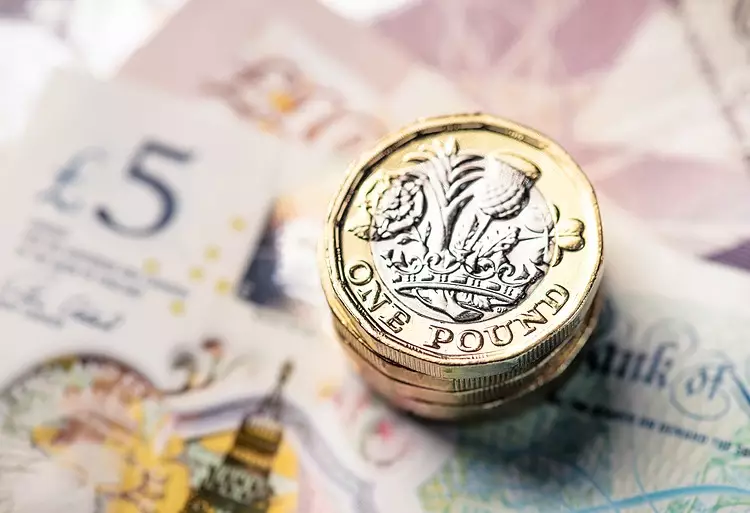The GBP/JPY pair has been steadily rising as the market mood brightens, leading to reduced flows into the safe-haven Yen. Positive lending data in the UK indicates that credit remains ample, which has contributed to the bullish sentiment surrounding the GBP/JPY pair. The BRC Shop Price Index also shows disinflation in the UK, although it may not be enough to prompt the Bank of England (BoE) into immediate action, according to analysts.
GBP/JPY is currently trading over a third of a percentage point higher, hovering just above 197. This upward momentum comes after a steep correction seen in the previous day, where the pair fell from a peak of 200 to a low in the 193s. The sudden decline was attributed to the Japanese authorities intervening in Forex markets to support the depreciating Japanese Yen. However, Japan’s top currency diplomat, Masato Kanda, did not confirm this intervention, stating that the Ministry of Finance would release figures on currency intervention at the end of May.
The bounce in GBP/JPY on Tuesday seems to be more of a “mean reversion” effect rather than being driven by macroeconomic data releases. This bounce mirrors similar rebounds seen in most Yen pairs, as the safe-haven currency tends to weaken when market sentiment is positive. The overall positive market mood has been fueled by recent tech earnings, positive GDP releases in Europe, and a decrease in geopolitical concerns.
The interest rate differential between the UK and Japan creates a bullish backdrop for GBP/JPY. The BoE is not in a rush to cut interest rates, particularly with services inflation still high in the UK. In contrast, Japan’s recent Tokyo CPI data showed disinflation, making it unlikely that the Bank of Japan (BoJ) will raise its already low interest rates. As long as investors see more potential returns by holding Pounds rather than Yen, the GBP/JPY pair is likely to continue its upward trajectory.
The release of Japanese housing data had minimal impact on the Yen, with figures showing a larger-than-expected decline in Housing Starts but a rise in Construction Orders. On the other hand, UK lending data did not have an immediate effect on GBP, although the pair floated higher in the following hours. The data reflected a scenario of ample lending and loose credit conditions in the UK, making it less probable for the BoE to rush to cut interest rates.
UK Net Lending to Individuals in March exceeded expectations, suggesting healthy borrowing activity. Consumer Credit data also showed an increase in borrowing, while Mortgage Approvals and Money Supply rose higher than forecasted figures. However, a batch of UK inflation data, particularly the CBI Shop Price Index, indicated disinflationary trends in April. Lower inflation rates could potentially push the BoE towards considering an interest rate cut in the future.
The GBP/JPY pair’s rise is influenced by a combination of market sentiment, interest rate differentials, and economic data releases. While positive lending data in the UK supports the Pound, disinflationary pressures might pose challenges for long-term bullish momentum. Traders should continue to monitor market developments and economic indicators to gauge the future direction of the GBP/JPY pair.

